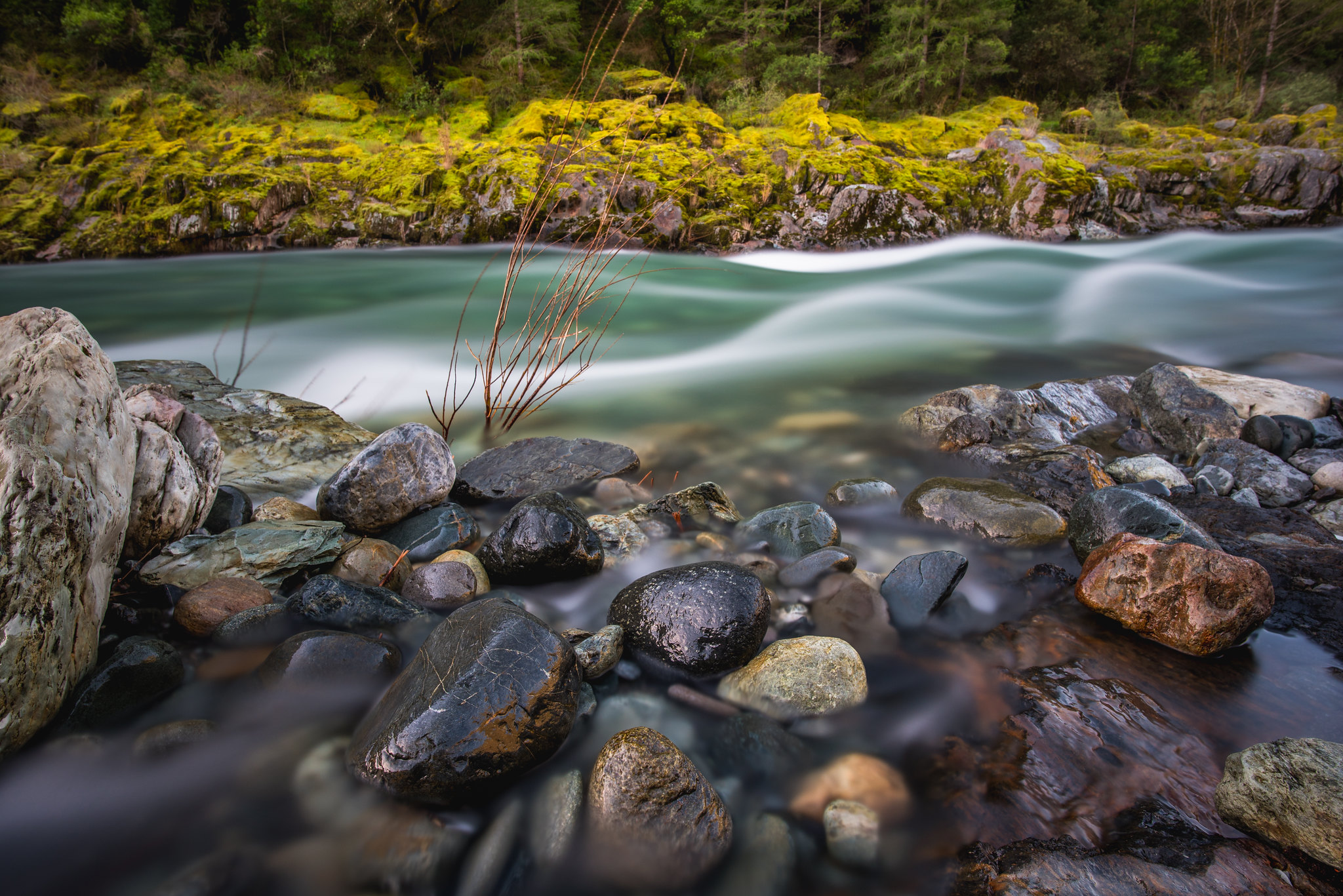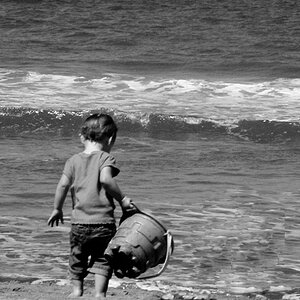DScience
No longer a newbie, moving up!
- Joined
- Apr 12, 2009
- Messages
- 1,513
- Reaction score
- 122
- Location
- Denver, CO
- Can others edit my Photos
- Photos NOT OK to edit
I have a nice app that you can input in your focal length and aperture, and it gives you the hyperfocal focusing distance. For example, if you're using a 16mm lens at f/22, the hyperfocal distance is 1' 3.3"
So far what i've been doing, is after framing the scene i'll look for an object that I 'guess' to be about that distance away, and manually focus on it. Now, that's isn't so bad with this set up. But if you have a 35mm lens at f/22 then the hyperfocal distance is 6' 1.1", a little more difficult to approximate.
Thus, aside from using a tape measure is there a more efficient way to get the focus point at the desired hyperfocal distance?
I'm curious what others do.
So far what i've been doing, is after framing the scene i'll look for an object that I 'guess' to be about that distance away, and manually focus on it. Now, that's isn't so bad with this set up. But if you have a 35mm lens at f/22 then the hyperfocal distance is 6' 1.1", a little more difficult to approximate.
Thus, aside from using a tape measure is there a more efficient way to get the focus point at the desired hyperfocal distance?
I'm curious what others do.


 Perspective
Perspective

![[No title]](/data/xfmg/thumbnail/42/42359-17c2ddbbb8366896f948a571f6c09cac.jpg?1619740153)


![[No title]](/data/xfmg/thumbnail/42/42458-8274869c9294d2f0655f80c8f0e6048c.jpg?1619740191)




![[No title]](/data/xfmg/thumbnail/42/42460-80970c44cc9fb42dd0c86d08e7bc401d.jpg?1619740191)
